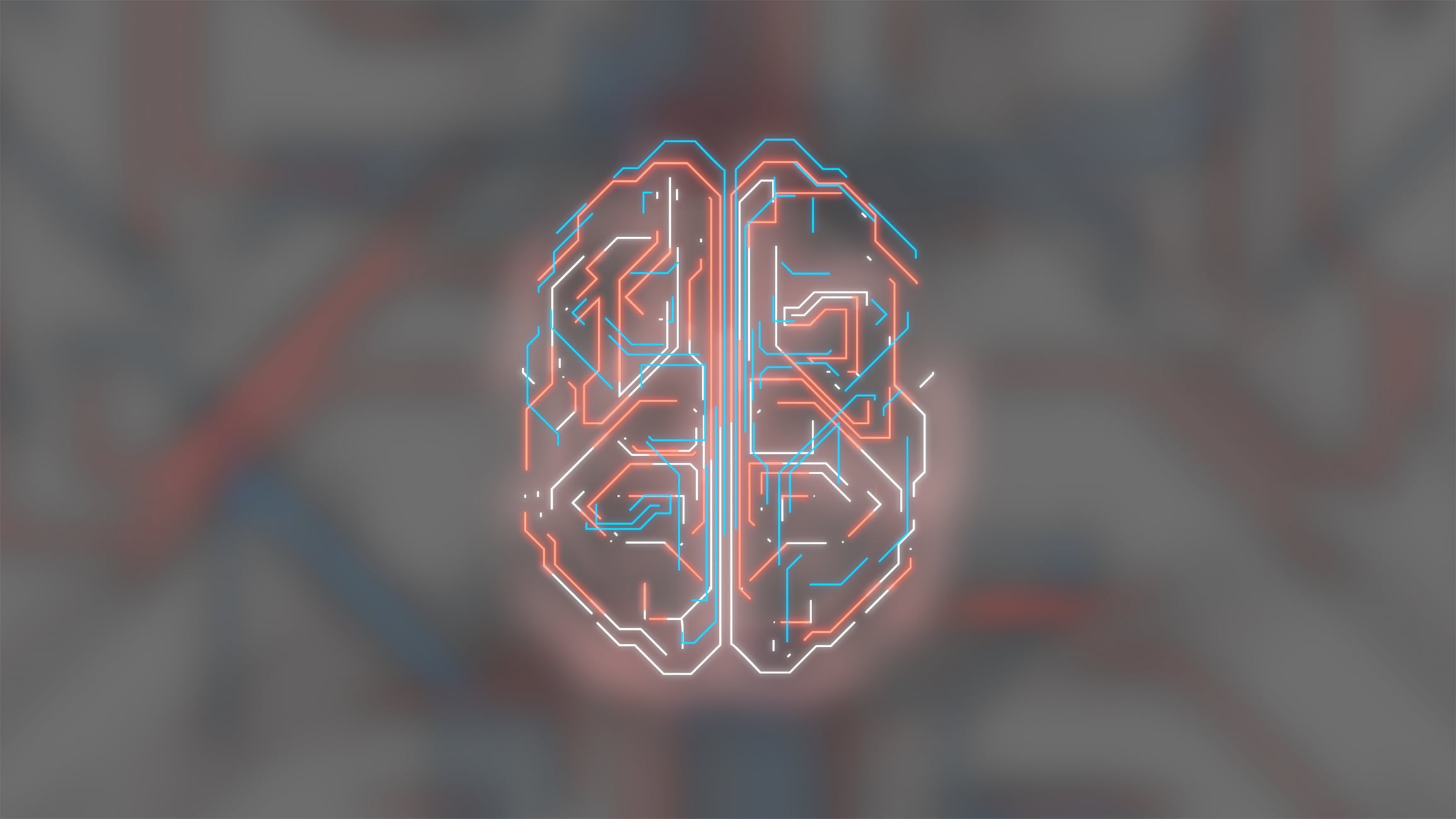Data published in Nutritional Neuroscience indicated that the brain distribution of curcumin occurred most in the hippocampus, followed by the striatum, the cerebellum, the cerebral cortex, and then the brain stem. While curcuminoid levels in the brain increased upon repeated dosing for 28 days, pharmacokinetic data showed that there was no accumulation of curcumin in the brain and therefore no toxicity issues.
Researchers from the Mahatma Gandhi University, Akay Natural Ingredients, and the University of Kerala also examined if the brain delivery of curcuminoids changed behavior, and found that the curcumin-fenugreek complex-fed animals exhibited improved locomotor activity and reduced memory errors, compared to control animals.
The study builds on earlier research into the potential brain health benefits of CurQfen. Results from a 30-day clinical trial published earlier this year in Nutritional Neuroscience showed that the complex may impact brain waves and boost audio-reaction time compared to placebo and unformulated curcumin.
Crossing the blood brain barrier
Dr. I. M. Krishnakumar, Chief Research Officer at Akay Natural Ingredients, explained that the native (unconjugated ‘free’) form of curcumin has been shown to cross the blood–brain-barrier (BBB).
“Howeever, once it has undergone biotransformation or metabolized into glucuronides and sulfates (conjugated metabolites), it cannot enter the brain since the conjugated metabolites are bulky water-soluble molecules with no BBB-permeability,” he said. Rather they are rapidly cleared by the kidneys, he added.
“So, the key in brain health is the availability of free (unconjugated) form of curcuminoids in systemic circulation at pharmacologically relevant concentrations, such as > 37 ng/mL, with significant elimination half-life. In other words, brain tissue distribution can be considered as a litmus test for the free curcuminoids bioavailability of a formulation,” said Dr. Krishnakumar.
Study details
The India-based scientists orally supplemented CurQfen or unformulated standard curcumin (95%) to Wistar rats and looked used tandem mass spectrometry to identify, confirm, and quantify free curcuminoids in the various parts of the brain.
Results showed that the curcuminoids from CurQfen were observed in brain for about six hours after consumption with an elimination half-life of about three hours.
While the studies used the same doses of around 100 mg/kg body weight, the brain concentrations in the CurQfen-fed animals were 173 to 220 ng/g, but less than 10 ng/g in the unformulated standard curcumin-fed animals.
“The present study demonstrated the brain regional pharmacokinetics of curcuminoids following the repeated oral administration of a fenugreek galactomannan- hydrgel scafold based formulation of natural curcuminoids as curcumagalactomannosides (CGM), and its effect on brain health as illustrated by the behavioral studies,” wrote the researchers.
“UPLC-ESI-MS/MS measurements showed curcumin in brain tissues with an elimination half-life of 2.6 h. This may be the reason for improvement in locomotor activity and spatial memory in CGM-treated groups.”
Source: Nutritional Neuroscience
Published online ahead of print, doi: 10.1080/1028415X.2021.1913951
“Brain regional pharmacokinetics following the oral administration of curcumagalactomannosides and its relation to cognitive function”
Authors: R.G. Kannan et al.


